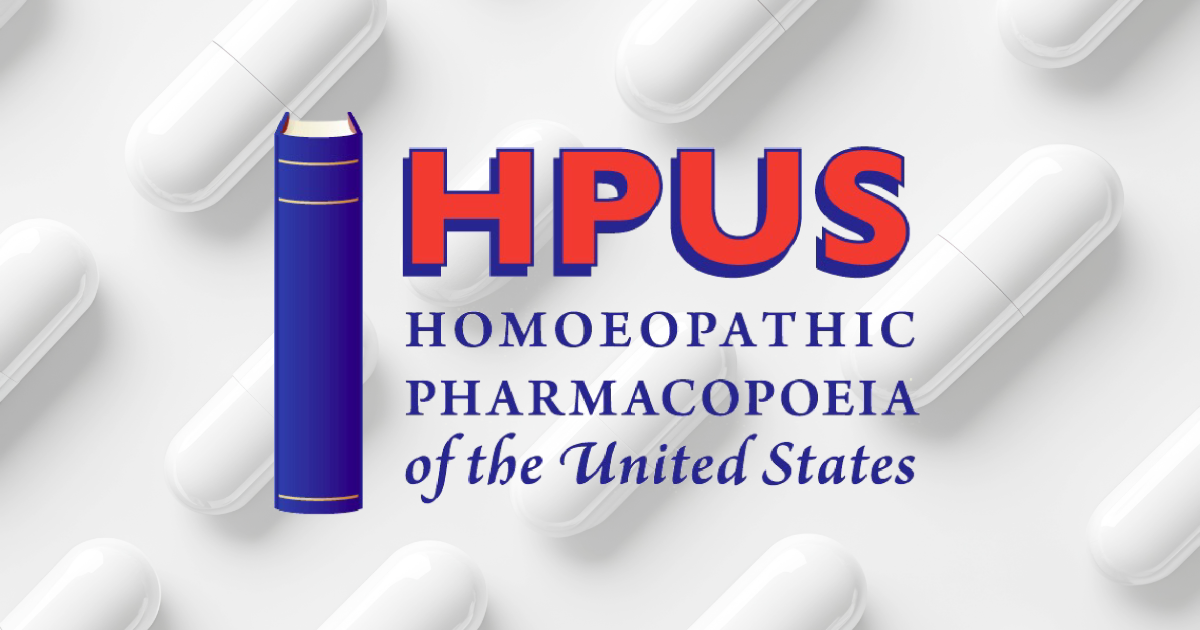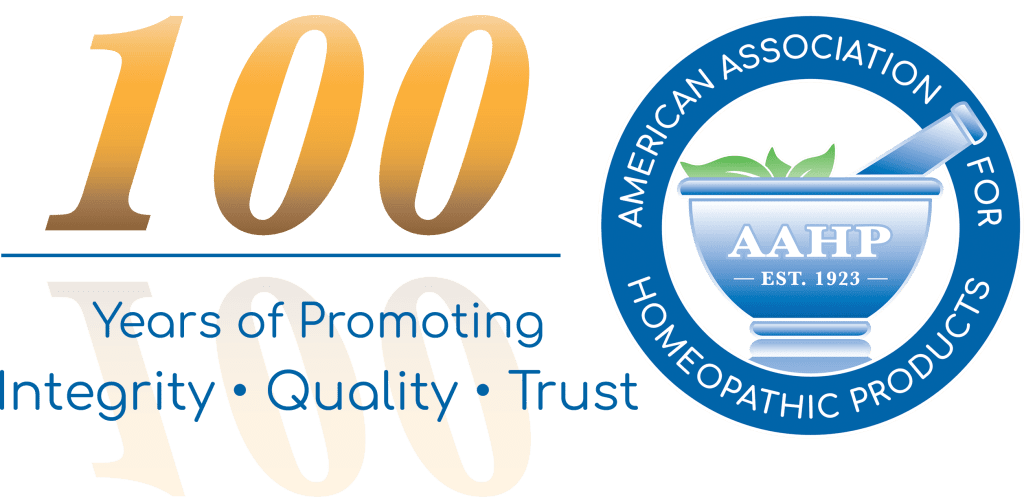Lowest Permissible Attenuation

By Eric L. Foxman, HPCUS Senior Scientist
While many might be familiar with the nomenclature and concept of “First Safe Dilution” (FSD), the Homeopathic Pharmacopeia Convention of the United States (HPCUS) has chosen to utilize a different terminology within the official pharmacopeia: “Lowest Permissible Attenuation” (LPA). This was done for several reasons, the foremost of which are:
- The FSD implies a promise of absolute safety, which it is not possible for the Convention to guarantee;
- Occasional misunderstandings have arisen regarding what is meant by “first” (i.e., What is the Second Safe Attenuation? Are other attenuations safe?);
- In contrast, the term “lowest” also implies other (or higher) attenuations are also permissible; and
- Homeopathic Pharmacopeia of the United States (HPUS) monographs provide standards for the manufacture of, and guidance regarding the safe distribution for, homeopathic products.
The Convention addresses the second part of the last bullet point by setting the LPA in each monograph for different categories of products (Rx-Only, OTC, etc.). The Convention sets the LPA based on a set of calculations taking into account a number of factors. For OTC-marketed products, the LPA also includes a significant margin of safety to address the varying confidence levels in the extrapolations that must be incorporated into the calculations.
To set the LPA, the Convention looks at seven or more sources of information:
- Single Dose (Acute) Toxicity
- Repeat Dose (Chronic) Toxicity
- Genotoxicity, Carcinogenicity, Reproductive and Developmental Toxicity
- Local Tolerance
- Antigenicity
- Immunotoxicity
- Addiction Potential
The main foundation for the LPA calculation is the first: Single Dose (Acute) Toxicity. This is utilized especially to address accidental acute ingestion and is based on a worst-case scenario: a very young child inadvertently getting into, and consuming, an entire retail container. This is an extremely rare occurrence of concern. Yet by using this as the primary approach for calculating the LPA, the HPUS helps set the stage for companies to provide a safe product — even in worst case situations.
I will not repeat a detailed overview of the methods HPCUS uses to calculate the LPA based on some of the seven categories above. Rather, readers are strongly encouraged to review an in-depth article, Toxicology & How to Calculate the First Safe Dilution, by Dr. Matthew Reed, a Diplomate of the American Board of Toxicology, and a member of the Academy of Toxicological Sciences.
Dr. Reed’s article is a summation of two workshops he presented at AAHP’s Safety Summit a few years ago. His remarks and information are as current and meaningful now as they were then, thus are well worth revisiting. In his article, Dr. Reed provides information on what to consider when assessing risk, as well as the various factors which must be a part of the calculations. He notes there are inherent uncertainties within the extrapolations; these must be accounted for, and the formulas used by HPCUS very adequately address these.
Based on his decades of experience, Dr. Reed endorses the HPCUS method for calculating LPAs. His article provides an example and descriptive explanation of the primary method for calculating the LPA (or FSD) and how the safety margin is easily incorporated into a company’s own calculations. His article also provides detailed examples for three of the other categories listed above.
It is important to note that all the HPUS calculations are based upon a fairly small retail package and, in the case of solid dosage forms, small unit doses. Should a company market a product in a significantly larger retail package, or produce larger than the usual sized homeopathic dosage units, the company should not simply base its formulation(s) on the HPUS’ Lowest Permissible Attenuation. The company must run the calculations using the package and unit dose size appropriate to their product(s) to ensure the attenuation(s) in the formulation still provide the necessary margin of safety. Failure to do so could create potential liability issues.
In a safety related vein: a few years ago, AAHP worked with the National Capital Poison Center (NCPC) for a program to help poison control centers be better educate about the safety of your company’s products. Having the right information can mean a Poison Control Center can really confirm whether your product is involved in a reported exposure. That information can also make the difference between the PCC personnel advising your customer to stay at home and watch for symptoms or to go to an emergency room. The steps your company takes with NCPC could avoid your product being reported to the FDA Adverse Event Reporting System (FAERS) and becoming a public statistic in that database. It can also significantly bolster your company’s reputation and show its commitment to consumer safety. As an unbiased source of exposure information, NCPC can help your company reinforce its reputation for safe products. Read more about the webPOISONCONTROL program in Poison Control Center Statistics on Homeopathy article archived by the AAHP.
